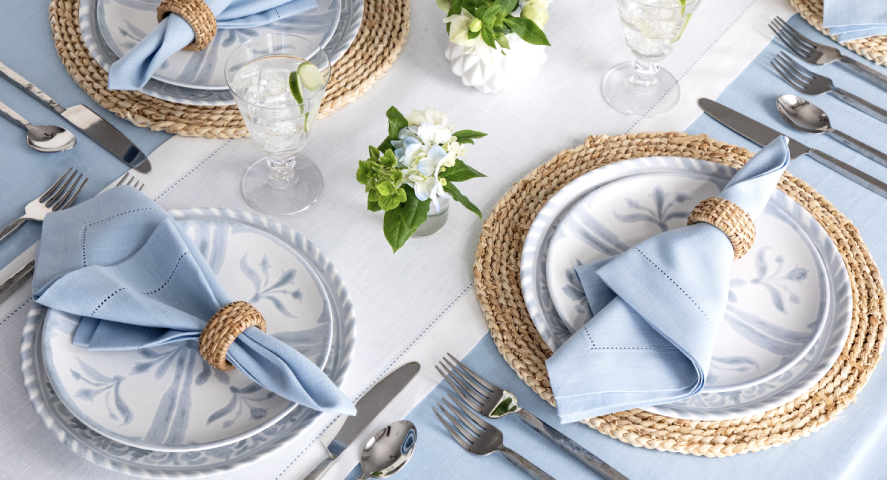We are repeatedly being told – and witnessing – how plastics and food waste are bad for the environment, and the future of our planet in general. But, there is another waste sector we hear very little about – and that is textiles.
Yet, it is certainly worth our concern. This is because, according to the US Environmental Protection Agency, landfills received 11.3 million tonnes of textiles in 2018. That was equivalent to 7.7 percent of all municipal solid waste in landfills. That is quite a figure! But, the good news it can easily be reduced by turning to natural materials which are sustainably produced.
One natural material is, of course, linen. The material is created using the fibres of flax plants (in particular, the stems). The plants themselves tend to be found in cooler countries of the world, such as France (in the North), Belgium and The Netherlands.
Following harvest and one hundred days after it is picked, the fibres are separated and the leaves and seeds of the flax plant are used to produce flax oil (or the seeds used for food).
Linen is grown sustainably
The flax seed is sustainable even in its growth since very little water is needed for it to flourish. Indeed, the European Confederation of Linen and Hemp reported almost 80 percent of energy and water consumption used during the manufacture of linen comes from washing and ironing the material (i.e. post-production).
Another interesting sustainability fact is that unlike cotton, the flax plant doesn’t need harmful agricultural chemicals, such as pesticides, herbicides, or fungicides.
According to researchers Nielsen, American’s sustainability market will reach $150 billion by the end of 2021. This is because US consumers are becoming very aware of the importance of sustainability. More than half of the people Nielsen interviewed reported that they would “definitely or probably change” what they buy, or use, based on the effect it had on the environment.
What makes natural linen so sustainable?
It’s not just the fact that linen is produced from a plant – one which grows easily in abundance and without the need for harsh chemicals, etc that makes linen so sustainable.
No, there is also the point that linen has a very long lifespan, meaning it doesn’t have to be replaced in ‘a few years’ time.’ In fact, linen which is passed down through generations is highly valued today. And, unlike other materials which can fade and become grubby after use, linen gets better as it ages because it becomes softer, and develops a character of its own.
@verenaerin says: “Linen gets better with use, becoming softer and silkier over time. It can be crisp and stiff or have a beautiful drape, and typically is woven with that signature linen texture. It also has a natural subtle lustre, which makes it more dimensional.”
And, even if linen was disposed of in landfill, it would break down within a few weeks. This has already been proven by the textile research agency, the Hohenstein Institute America. Linen compares favourably to the likes of nylon, for instance, which can take up to four decades to decompose.


















